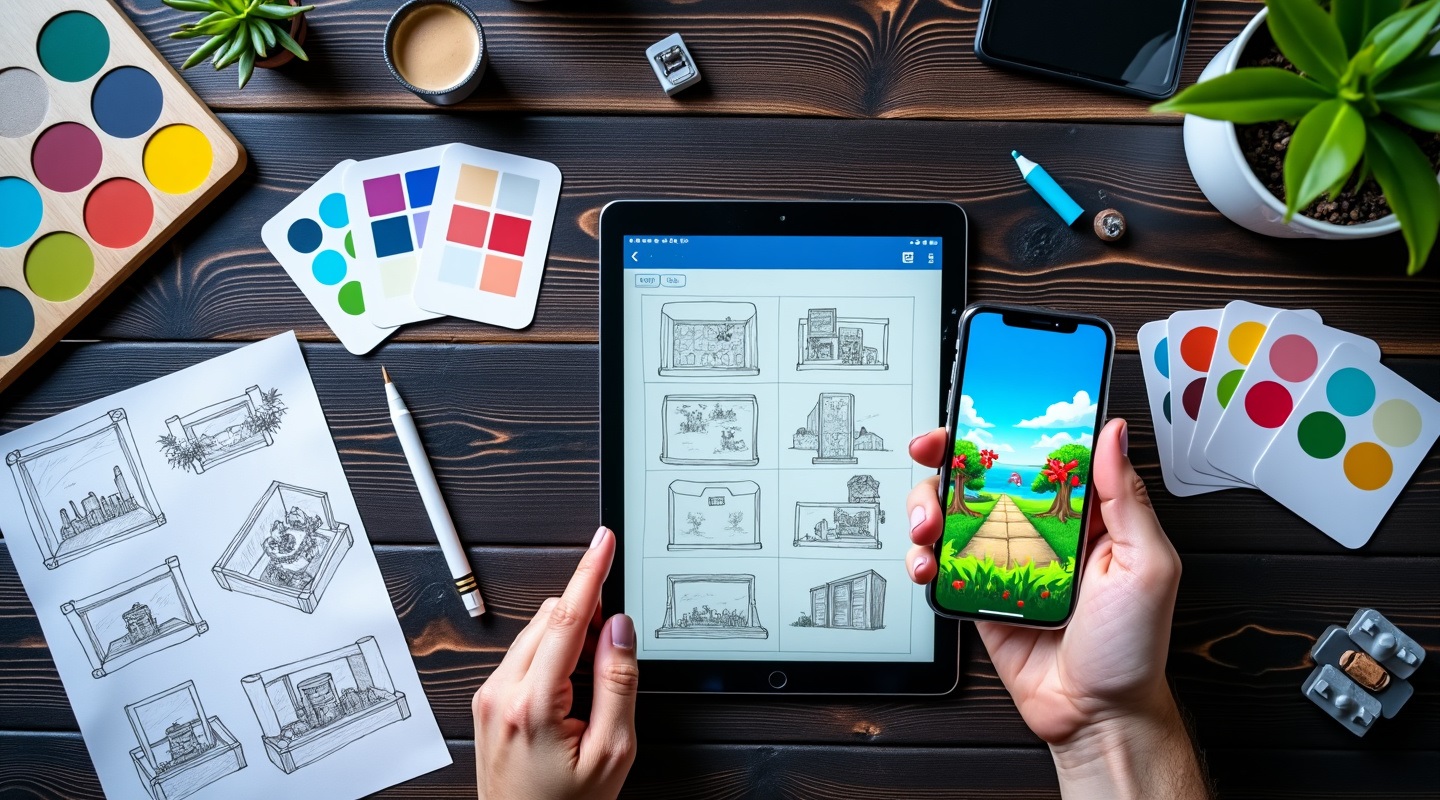5 Common Mistakes Beginners Make in Game Development

Creating your first game is exciting but challenging. Learn about the most common pitfalls new developers face and how to avoid them to ensure your game development journey starts on the right foot.
1. Scope Creep: The Silent Project Killer
The most common mistake new game developers make is underestimating the time and resources required to implement features. What starts as a simple game concept quickly balloons into an unmanageable project as more "cool features" get added along the way.
How to avoid it: Start with a minimal viable product (MVP) approach. Define your core gameplay loop and focus on making that fun before adding additional features. Use a feature prioritization system and be ruthless about cutting non-essential elements.
2. Neglecting Early Playtesting
Many beginners spend months developing their game in isolation, only to discover fundamental flaws when they finally let others play it. By then, addressing these issues often requires significant rework.
How to avoid it: Implement playtesting from day one, even with rough prototypes. Get feedback on core mechanics before investing time in polishing graphics or adding content. Remember that what seems intuitive to you as the developer may be confusing to players.
3. Technical Debt and Optimization Oversights
Beginners often write inefficient code or use resource-heavy assets without considering performance implications. This leads to games that run poorly on target devices, especially mobile platforms with limited resources.
How to avoid it: Learn about optimization techniques specific to your chosen engine. Test your game on actual target devices regularly, not just on your development machine. Address performance issues as they arise rather than leaving them for a final optimization pass.
4. Poor Game Balance and Difficulty Curves
Creating a game that's appropriately challenging without being frustrating is difficult. Beginners often create games that are either too easy (and therefore boring) or too difficult (and therefore frustrating).
How to avoid it: Implement analytics to track player progress and identify sticking points. Design difficulty curves that gradually introduce complexity. Consider adaptive difficulty systems that adjust based on player performance. Most importantly, watch people play your game and note where they struggle or lose interest.
5. Underestimating Marketing Requirements
Many new developers believe that a good game will naturally find its audience. The reality is that even exceptional games need marketing to stand out in today's crowded marketplace.
How to avoid it: Start building your community early in development. Share progress updates on social media, join game development communities, and begin collecting interested players' contact information. Allocate time and resources for creating promotional materials like trailers, screenshots, and press kits.
Conclusion
Game development is a complex process that requires balancing creativity, technical skills, and project management. By being aware of these common pitfalls, you can plan accordingly and increase your chances of successfully completing your game project. Remember that even experienced developers face these challenges—the difference is they've developed strategies to address them effectively.


